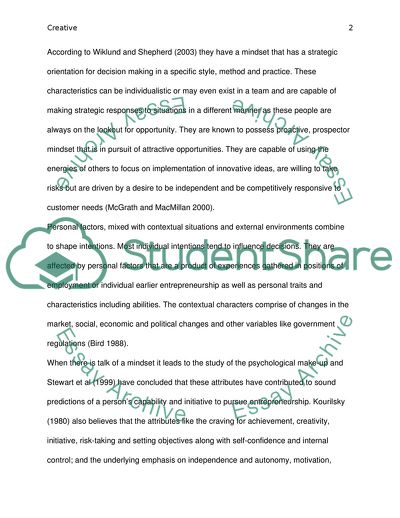Cite this document
(Entrepreneurship in Description Literature review, n.d.)
Entrepreneurship in Description Literature review. https://studentshare.org/macro-microeconomics/1714958-entrepreneurship-and-business-management-ii
Entrepreneurship in Description Literature review. https://studentshare.org/macro-microeconomics/1714958-entrepreneurship-and-business-management-ii
(Entrepreneurship in Description Literature Review)
Entrepreneurship in Description Literature Review. https://studentshare.org/macro-microeconomics/1714958-entrepreneurship-and-business-management-ii.
Entrepreneurship in Description Literature Review. https://studentshare.org/macro-microeconomics/1714958-entrepreneurship-and-business-management-ii.
“Entrepreneurship in Description Literature Review”. https://studentshare.org/macro-microeconomics/1714958-entrepreneurship-and-business-management-ii.


